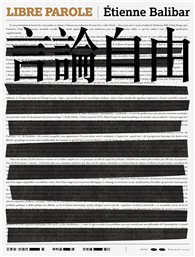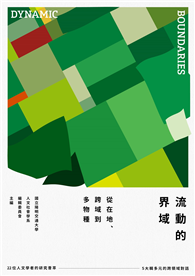My journey at Shanghai American School (SAS) began in a somewhat serendipitous manner during my fourth grade. Upon stepping foot into its halls, I felt as though I had entered a paradise where every student could genuinely relish their educational experience and pursue their passions with unfettered freedom. Unfortunately, my time at SAS was abruptly cut short when my family relocated to Scarsdale, New York, the following year. During my time in the States, I heard through long-distance phone calls and saw through Snapchat stories that my SAS friends were thoroughly enjoying their time in an academic utopia. Fueled by my longing to rejoin the SAS community, I initiated discussions with my parents about the possibility of going back. Remarkably, my parents agreed, granting me the opportunity to pursue my dream. Thus, I became a proud member of the SAS community.
The genesis of "The History of Shanghai American School" took root during the summer of my freshman year in 2022. At that time, my fascination with WWII history, particularly the intricacies of its battles and their repercussions, was at its peak. While delving into the events surrounding the attack on Pearl Harbor, a singular question emerged: what was transpiring at SAS, an American-operated institution in Shanghai, during this tumultuous period of history? This single query triggered a cascade of further inquiries: how did SAS weather the storm of WWII; how did it survive during the subsequent conflict between China and the U.S. from 1950 to 1953; how has it managed to grow to its premier state today? These musings, coupled with the
impending 110 years anniversary of SAS in 2022, propelled me to embark on the journey of chronicling its rich history.
However, the path to crafting an accurate historical account proved to be longer and more arduous than expected: I faced enormous difficulty in accessing reliable sources. Limited access to primary sources necessitated reliance on secondary accounts, while the inclusion of internet-sourced images required careful consideration of copyright disclaimers, which I have included a multitude of in an appendix at the end of this work.
Furthermore, as academic and other extracurricular deadlines loomed, the task of documenting SAS’s contemporary era became increasingly sidetracked, prompting critical reflections on the value of this effort. Nearly two years elapsed before I could bring this project to fruition. Despite my best efforts, there remain many unanswered questions and unexplored avenues within SAS’s history, which I hope future generations at SAS will endeavor to explore.

 看圖書介紹
看圖書介紹









